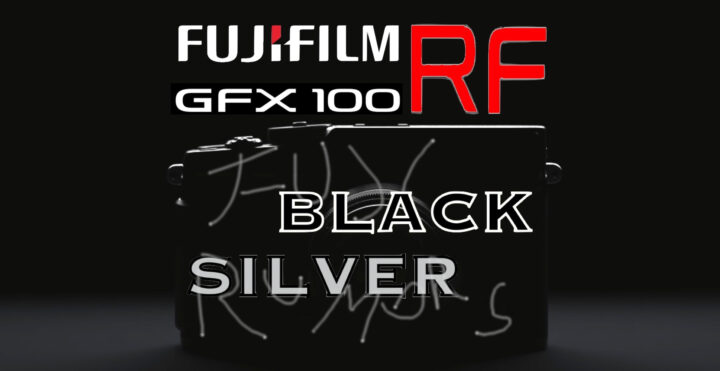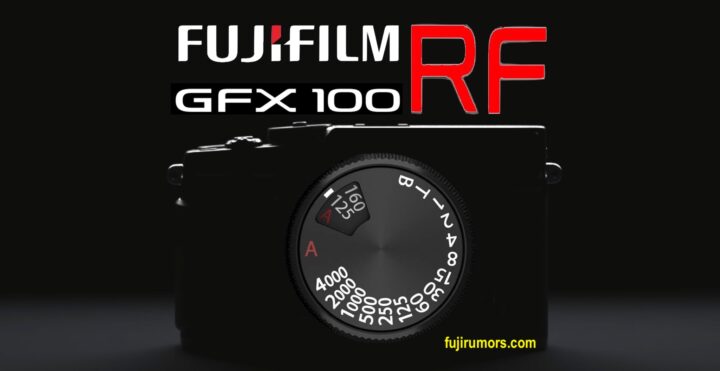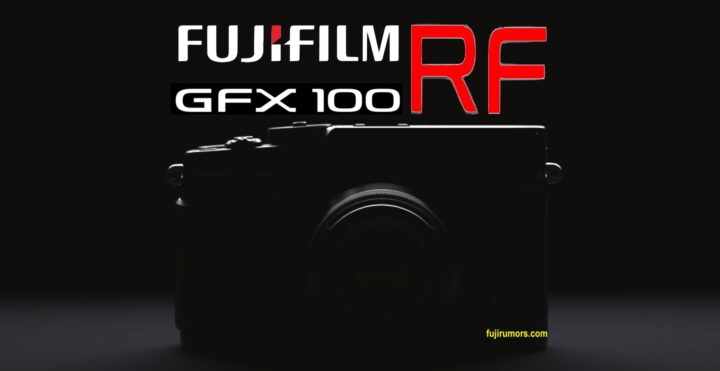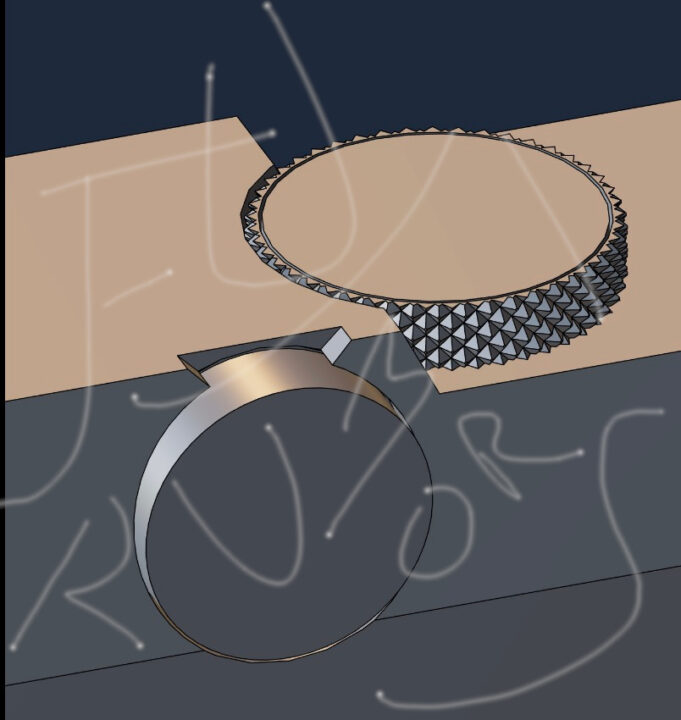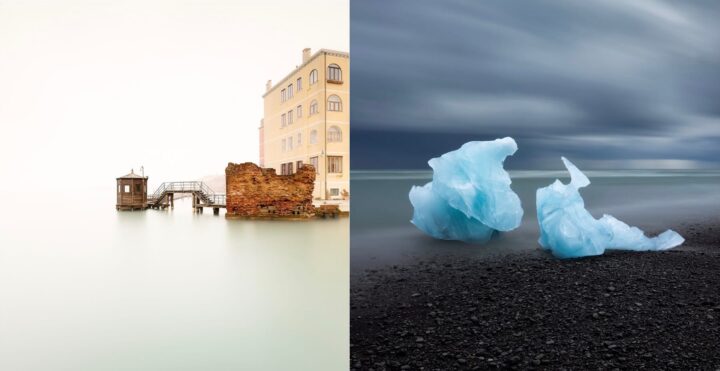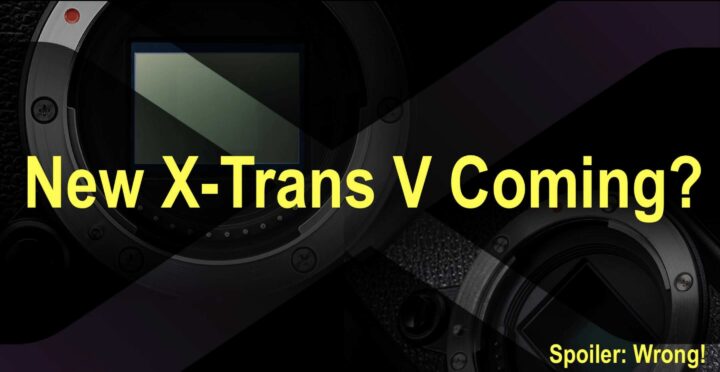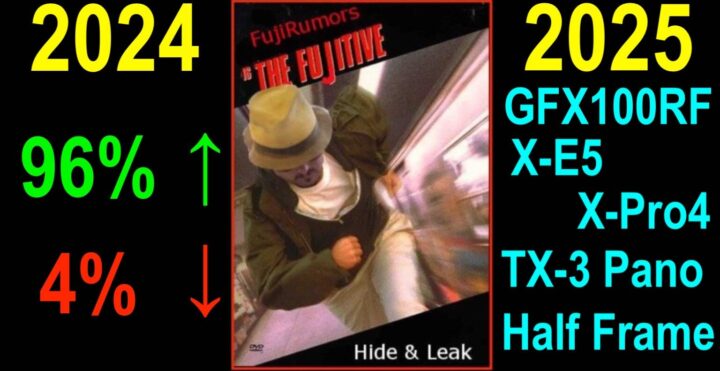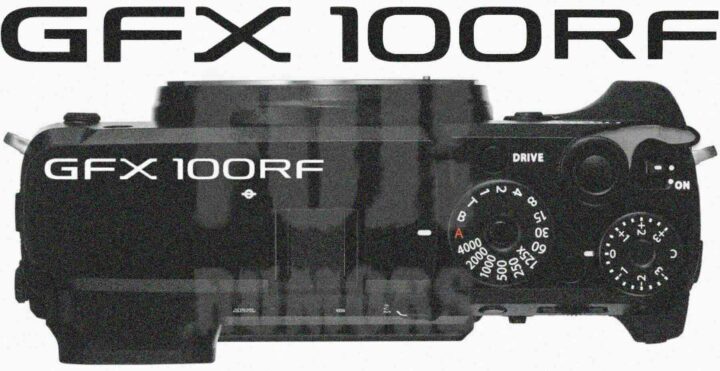
With the upcoming announcement of the Fujifilm GFX100RF, two of the standout features generating buzz (and a fair bit of skepticism) are the new aspect ratio dial and crop zoom lever. Now, in the comments some of you guys said that these features are useless, because cropping and adjusting aspect ratio can be easily done in post.
But I do not think these ergonomic solutions are unnecessary. In fact, they could be more significant than they first appear, especially considering Fujifilm’s approach to photography.
Let me (try) to explain:
Cropping: One of the First Steps in Post
Personally, when I go into editing, the first two things I do to fine-tune my composition and adjust it to my creative vision is to set the right vibe by editing the colors and to crop the image if needed. Only after I am done with that, I move on to other aspects of editing.
And I think I am not alone with this.
In fact, cropping might be, for many, one of the most fundamental and frequently used steps in photo editing.
Saving Time with Intuitive Tools
While it’s true that cropping can be done later in software, it’s part of Fujifilm’s philosophy to try to get as much as possible right in-camera.
The Fujifilm Film Simulation are an example of that: for me personally, the pleasing vibe I get out of the various film simulation is a big reason why I now keep many of my images in JPEG only and do not feel the need to go into editing anymore. Maybe I’ll still sometimes use the internal RAW converter to apply different film simulation or make minor adjustments directly in camera on the fly, but that’s it. With the right colors, most of my images are done and finished in-camera and never end up in any editing software.
The aspect ratio dial and crop lever serve the same purpose of Fujifilm’s film simulations: reduce the time spent in post-processing by offering quick and intuitive access to multiple aspect ratios and cropping tools directly on the camera.
All of this means fewer clicks, sliders, and adjustments in the editing software later.
And for many professionals and enthusiasts photographers, every second saved in post can be invaluable.
Compose, Click, Done!
If I could sum up what Fujifilm means for me and more broadly what their approach to photography is, then I’d call it the “edit less and shoot more” philosophy. Or “compose, click, done!”.
Because, at least for me, using (good looking) cameras that are not only fun and inspiring to use thanks to their manual controls, but also deliver such pleasing files out of the box that I know I won’t have to edit most of them later on, frees up my mind and just makes me want to take even more images, because I know I don’t have to bother too much with editing later on.
To me, the crop lever and aspect ratio dial are consistent with this philosophy: providing tools that help photographers create finished files in-camera. They are tools for those who value efficiency and creativity, allowing us to focus on our craft rather than being tethered to our editing desks.
And look, skepticism is natural when something new comes along, but this dial and lever could prove to be a welcome addition for those who appreciate Fujifilm’s philosophy of crafting tools that prioritize the art of photography and want to get as much as possible done right in camera.
What are your thoughts?
Are the aspect ratio dial and crop zoom lever a useful addition, or do you prefer to handle these aspects of editing entirely in post? Feel free to let us know in the comments.
Fujifilm GFX100RF Rumors
Related articles:
